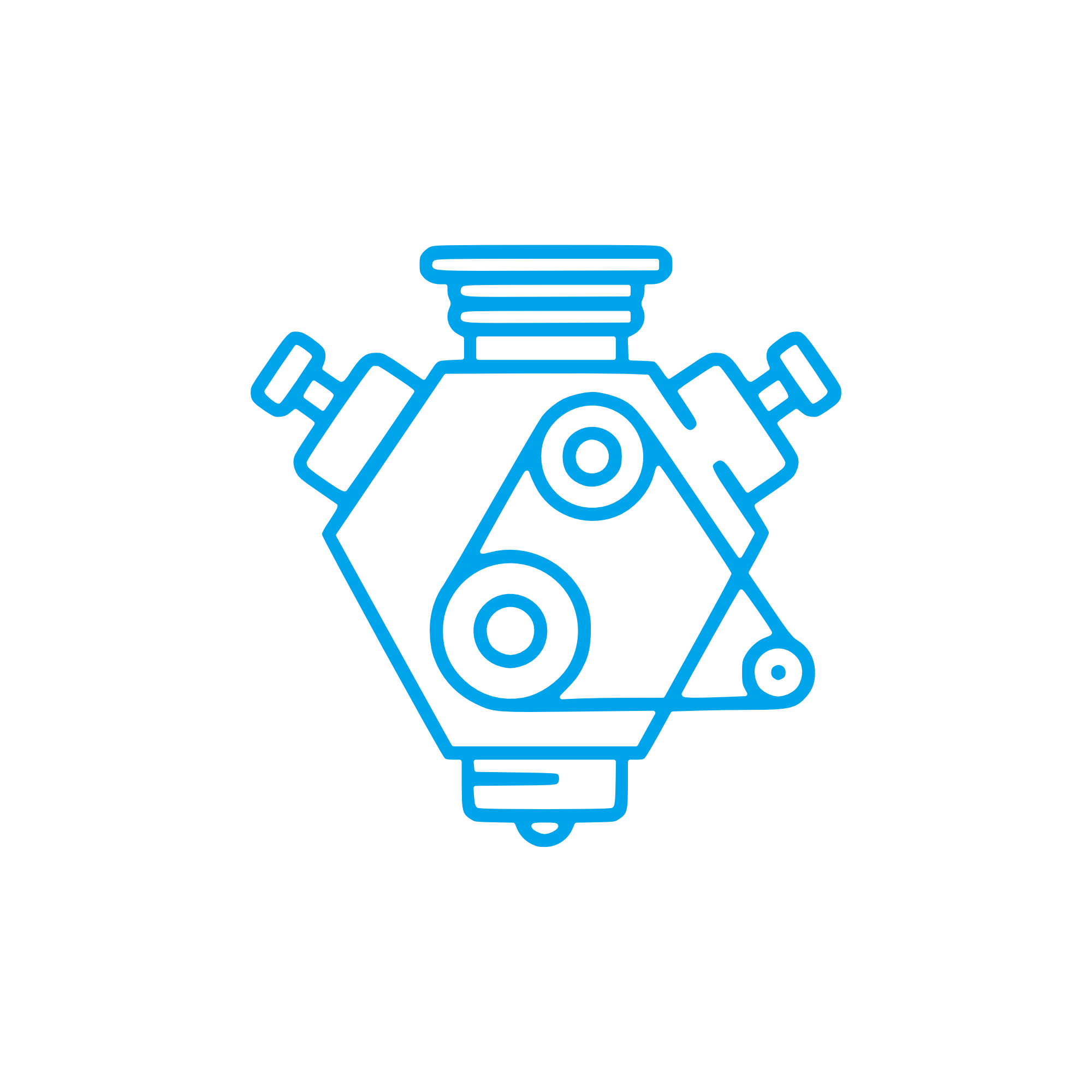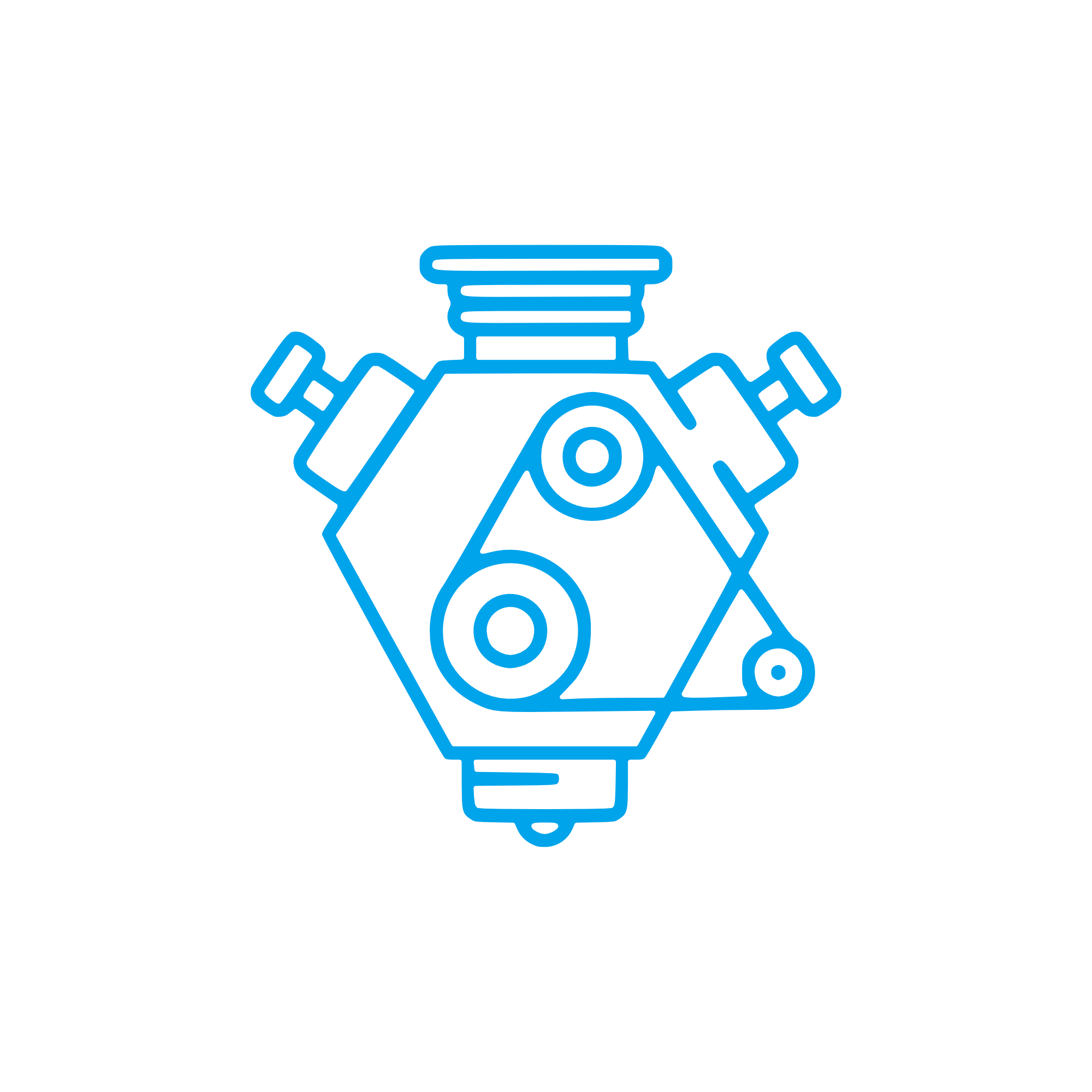CONNECTING ROD in Engine Drive Components
Engine drive components are the mechanical heart of any propulsion system, converting combustion energy into usable rotation and thrust. Within this category, the CONNECTING ROD is a core element, linking each piston to the crankshaft and ensuring that pressure pulses in the cylinder become smooth, reliable shaft power. For purchasers, shipowners, and technical decision-makers, understanding how these components work—and how to source them properly—is vital to performance, uptime, and lifecycle cost in both diesel and gas applications.
Engine drive components encompass pistons, piston pins, crankshafts, flywheels, couplings, gears, and bearings. The CONNECTING ROD sits at the center of this chain, exposed to extreme alternating loads and high-frequency motion. Its geometry, material, surface finish, and bearing integrity directly influence output, fuel efficiency, emissions stability, and the overall safety margin of a marine engine or land-based power unit.
Technical function of CONNECTING ROD in diesel and marine engines
In a diesel engine or marine engine, the CONNECTING ROD transmits the linear force produced during combustion to the rotating crankshaft. The small end interfaces with the piston pin (wrist pin), while the big end houses the bearing shells that ride on the crankpin. During every cycle, the rod alternates between compression and tension, while also resisting bending and buckling. Precision machining maintains parallelism and center-to-center distance, keeping piston motion true and valve timing consistent. Robust lubrication—via drilled oil passages and correctly sized bearing clearances—prevents metal-to-metal contact at high loads and low speeds, such as during maneuvering or generator load-steps.
Material engineering plays a decisive role. Forged alloy steels, shot peening, surface hardening, and controlled grain flow improve fatigue strength. On large-bore engines, two-piece big ends with high-strength bolts use specified torque/angle or bolt-stretch values to preserve clamping integrity over long service intervals. In many modern platforms, fracture-split big-end caps ensure perfectly mated surfaces. A CONNECTING ROD OEM parts approach secures dimensional accuracy that harmonizes with pistons, pins, bearings, and crankshaft journals, minimizing friction losses and vibration across the entire powertrain.
For heavy-duty duty cycles—harbor tugboats, cargo vessels, offshore support craft, power plants—the CONNECTING ROD must withstand thousands of hours under varying load, temperature, and lubrication conditions. Its mass must be balanced against counterweights and adjacent rods to reduce secondary forces and torsional oscillations that can otherwise shorten crankshaft and bearing life.
Key characteristics and advantages of Engine drive components
· Convert combustion pressure into smooth rotary motion with high efficiency.
· High fatigue strength through forged alloys and controlled heat treatment.
· Micron-level bearing clearances for stable oil film and low wear.
· Balanced reciprocating/rotating masses to limit vibration and noise.
· Optimized lubrication channels and surface finishes for durability.
· Precision fits that preserve timing accuracy and fuel efficiency.
· Scalable designs for 2‑stroke/4‑stroke, diesel and gas engines.
· Documentation and traceability that support class and compliance.
Why CONNECTING ROD and Engine drive components are critical to reliability
Reliability and service life depend on the mechanical integrity of engine drive components working in concert. If a CONNECTING ROD or its bearings wear beyond limits, oil film thickness collapses, temperatures rise, and crankpin scoring can follow. Excessive small-end bush ovality can cause piston pin misalignment, increasing friction and ring wear; bent rod geometry can drive piston side-loads, heightening liner polishing and oil consumption. In the extreme, rod bolt relaxation or bearing seizure risks catastrophic failure—a lost unit, extended downtime, and costly collateral damage to the crankshaft and block.
Even lesser issues have measurable impact. Elevated vibration from out-of-balance rod/piston assemblies stresses couplings and mounts; poor surface finish or incorrect bearing shell crush increases blow-by and fuel burn; contaminated or aerated oil accelerates wear and erodes safety margins under transient load. Keeping CONNECTING ROD assemblies within specification preserves power density, keeps temperatures in check, and stabilizes emissions across the operating profile.
Maintenance cues for CONNECTING ROD assemblies
Condition-based routines typically include oil analysis for metal particles, periodic clearance checks at the big end, small-end bush inspection for ovality, non-destructive testing for cracks, and verification of bolt stretch. Following maker torque procedures and replacing critical fasteners on schedule reduces risk during overhauls—especially on high-output diesel engine platforms in continuous service.
Advantages of OEM spare parts suitable for Engine drive components and CONNECTING ROD
Choosing OEM spare parts suitable for CONNECTING ROD and related engine drive components protects performance, reliability, budget, and service life:
· Exact fit and geometry reduce installation time and rework.
· Consistent metallurgy and heat treatment sustain fatigue strength.
· Verified bearing shell dimensions secure the correct oil film fast.
· Matched kits (rod, bolts, bearings, pin) preserve balance and timing.
· Proven surface finishes cut friction and stabilize fuel efficiency.
· Reliable lead times and traceability reduce downtime risk and cost.
· Compatibility with diesel and gas engine platforms simplifies stocking.
· Documentation supports safety, audits, and asset management.
By maintaining as-built specifications, OEM spare parts minimize hidden losses—misalignment, elevated wear, micro-vibration—that accumulate into higher fuel use and shortened overhaul intervals. The result is predictable lifecycle cost and robust uptime for both propulsion and auxiliary sets.
MOPA as your partner for OEM spare parts Engine drive components
MOPA supplies OEM spare parts suitable for Engine drive components with a focus on speed, quality, and security. From a single CONNECTING ROD for a marine engine to complete rod-bolt-bearing sets for multi-cylinder diesel and gas engines, our team sources traceable components, aligns them to engine maker specifications, and coordinates logistics to keep vessels and plants on schedule. Purchasers benefit from fast quotations, dependable availability, and careful part-number cross-referencing that streamlines procurement and reduces operational risk.
Conclusion
The CONNECTING ROD is a pivotal member of the Engine drive components family, transforming combustion forces into dependable shaft power while safeguarding efficiency and safety. Selecting OEM spare parts suitable for CONNECTING ROD and allied components preserves performance, extends service life, and protects your budget through fewer surprises and shorter downtimes.



